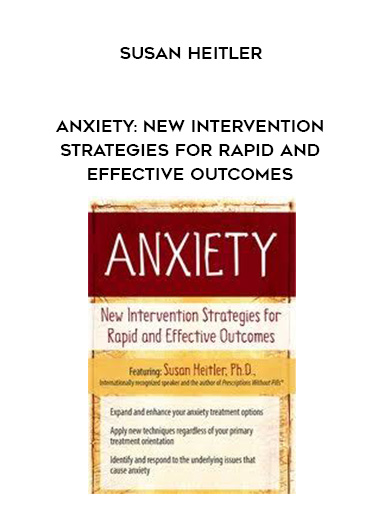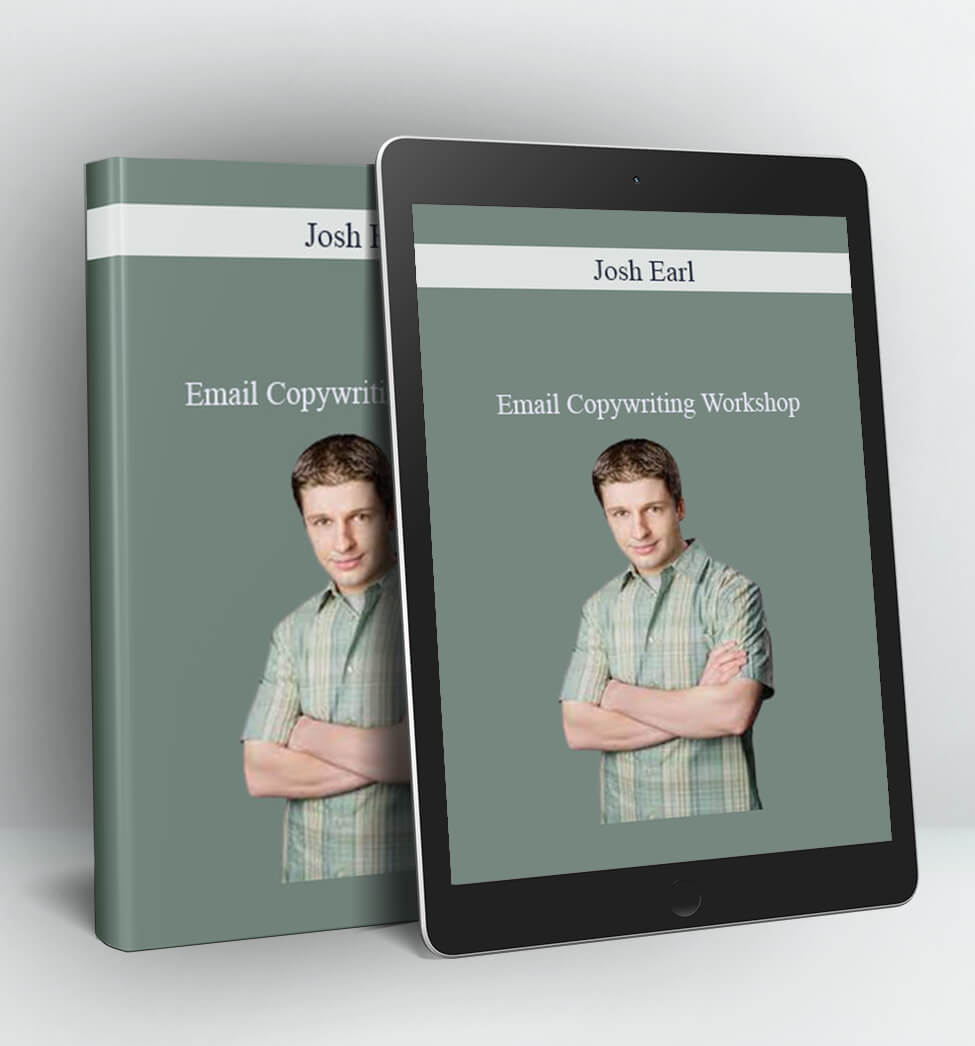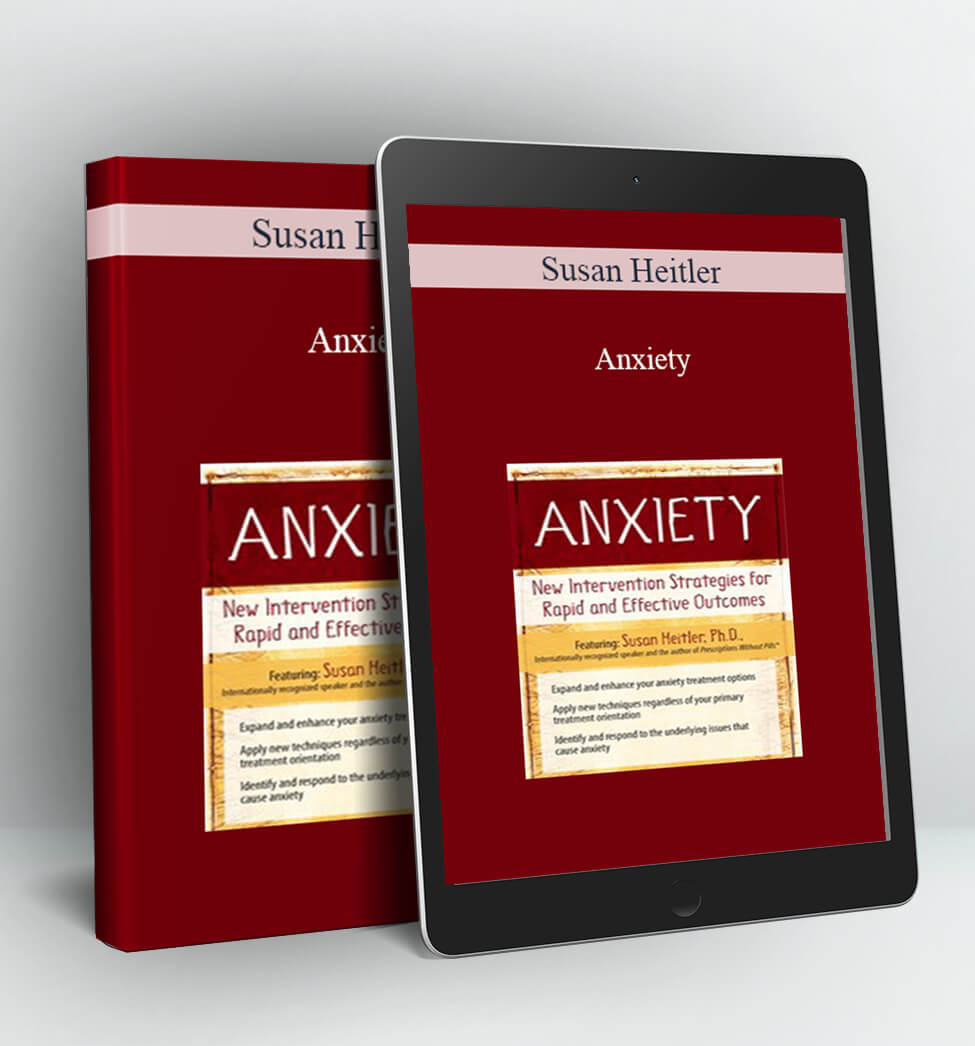ANXIETY: NEW INTERVENTION STRATEGIES FOR RAPID AND EFFECTIVE OUTCOMES – SUSAN HEITLER
- Expand and enhance your anxiety treatment options
- Apply new techniques regardless of your primary treatment orientation
- Identify and respond to the underlying issues that cause anxiety
When anxious clients come to you for help, they want to feel better now.
Early in my career, I tried the typical behavioral and psychodynamic treatment methods for anxiety and found them to be slow-acting. It was frustrating, too, when seemingly positive results did not last. I needed something else, something different.
In my search to increase therapeutic efficiency and effectiveness, I examined how emotionally-resilient people handled the conflicts in their lives. I realized that, at its core, therapy is a process of facilitating conflict resolution and problem-solving. I discovered that identifying and responding to the underlying factors that create conflict and generate anxiety leads to rapid and effective outcomes.
Four decades later, the concept of therapy as conflict resolution has led me on a gratifying journey to the discovery of ever-more-effective treatment methods. In my practice, visualization techniques and energy therapy innovations have turned out to be especially potent enhancers of anxiety interventions.
Whether your primary orientation utilizes CBT, psychodynamic, family systems, narrative, integrative or other strategies – I will teach you methods to expand and enhance your anxiety treatment options with individuals, couples, and families.
Through live role plays, video demonstrations, case examples, and practice sessions, you will discover new routes to success with anxious clients. And that is not all! You will receive scripts, worksheets, and other materials that you can use to help your clients.
Join me and I will show you new ways to help your anxious clients while taking your practice to the next level.
- Analyze research related to the most common anxiety medications and appraise both the benefits and the drawbacks of their use.
- Articulate five responses to conflict that occur in clients and ascertain the clinical implications of each.
- Utilize specific visualization techniques with clients to alleviate symptoms of situational anxiety.
- Implement acupoint tapping techniques to decrease symptoms of PTSD, social anxiety, and phobias in clients.
- Determine errors in cognition that can increase performance anxiety in clients and utilize CBT strategies to correct them.
- Apply four clinical techniques for reducing symptoms ofa Generalized Anxiety Disorder in clients.
- Why Prescriptions Without Pills™?
- Common anxiety medications
- Downsides of medication treatments
- Research Review
- Conflict Resolution Theory: An Integrative Therapy Approach
- 5 responses to conflict and the emotional states that they lead to
- The role of anxiety in emotional health, psychopathology and psychotherapy
- Practice session: Problem-solving with the 3 steps of the Win-Win Waltz
- Situational Anxiety
- Visualization – locate anxiety in the body, assess intensity and access subconscious concerns
- Keys to success with visualization techniques
- The 3-Steps basic anxiety treatment formula
- Practice Session: The 3-Steps formula
- PTSD, Phobias, Social Anxiety and Panic Attacks
- Mindfulness, distraction and problem solving: When to use each
- Role play: 5 visualization techniques
- Acupoint tapping (EFT) for repeated episodic anxiety
- Case study: The Butterfly Thought technique for managing panic attacks
- Practice session: Acupoint tapping and treating panic attacks
- Anticipatory Anxieties: Worry and Performance Anxiety
- The CBT No-Fly List
- How is worrying learned?
- CBT for performance anxiety
- Practice session: Thought replacement visualization for worry
- Generalized Anxiety Disorder (GAD) Visualization Techniques:
- Do or Become
- Best Possible Light
- That was Then, This is Now
- 6 Steps
- Video study: The Spinning Technique
- Practice session: Role play visualization techniques
- Video study: Reducing amygdala hyper-reactivity
- Tension = Interpersonal Anxiety
- The circle of skills for relieving relationship anxiety
- Mind-reading and cross-overs versus how and what questions
- Six sentence starters for calm and collaborative dialogue
- Chronic anxiety as an indicator of domestic abuse
- Practice session: The 6 Sentence Starters
- Treatment-Resistant Anxiety
- Medication/drug side effects
- Medical issues to get evaluated





